Are you willing to explore the world of broccoli microgreens? When it comes to nutrition, flavor, and adaptability, these small greens are mighty. We shall explore the skill of cultivating and exploiting these nutrient-dense superstars in this post. Prepare yourself to improve your health, entice your palate, and foster self-sufficiency like no before!
1. What are Broccoli Microgreens?
Broccoli microgreens are the young seedlings of broccoli plants. They are harvested at an early stage, usually within 7-14 days after germination, when the first set of true leaves appear. Despite their small size, these microgreens are bursting with flavor and nutritional benefits.
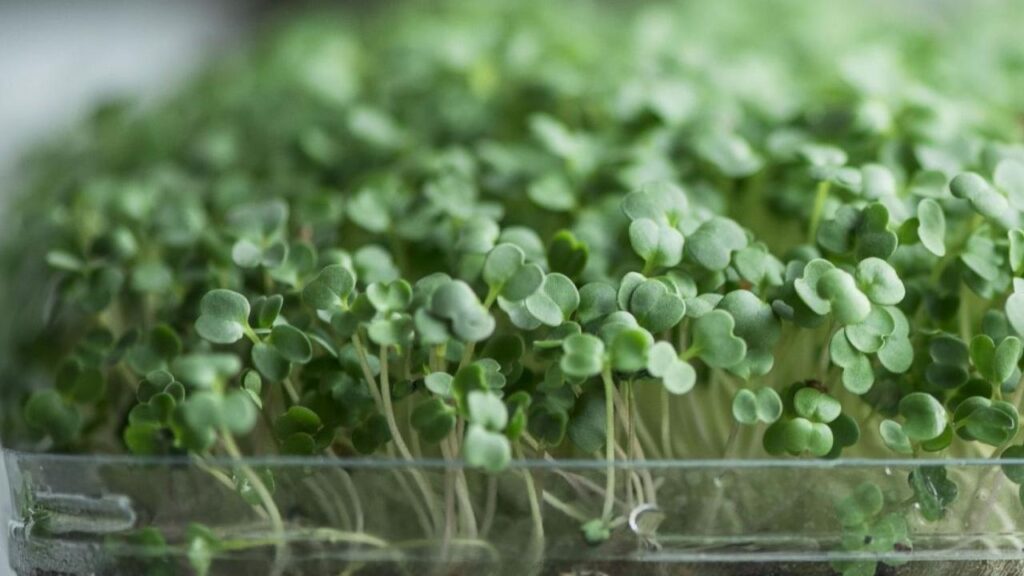
2. The Nutritional Powerhouse
Nutrient-Dense Delights
Don’t be fooled by their miniature stature! Broccoli microgreens are concentrated with essential vitamins, minerals, and antioxidants. They are known to be rich in vitamin C, vitamin K, folate, and beta-carotene. These nutrients contribute to a healthy immune system, support bone health, and promote vibrant skin.
Boosting Your Microbiome
You may be surprised to learn that consuming broccoli microgreens can benefit your microbiome. These delicate greens include sulforaphane, a substance with the ability to enhance gut health by fostering good gut bacteria. You may energize your body from the inside out by using these microgreens in your meals.
3. Cultivating Broccoli Microgreens
The Journey to Self-Sufficiency
Growing your own broccoli microgreens is not only rewarding but also an excellent way to become more self-sufficient. You don’t need a large garden or extensive experience to get started. With a few basic materials and some tender care, you can enjoy a fresh supply of microgreens right from your kitchen countertop.
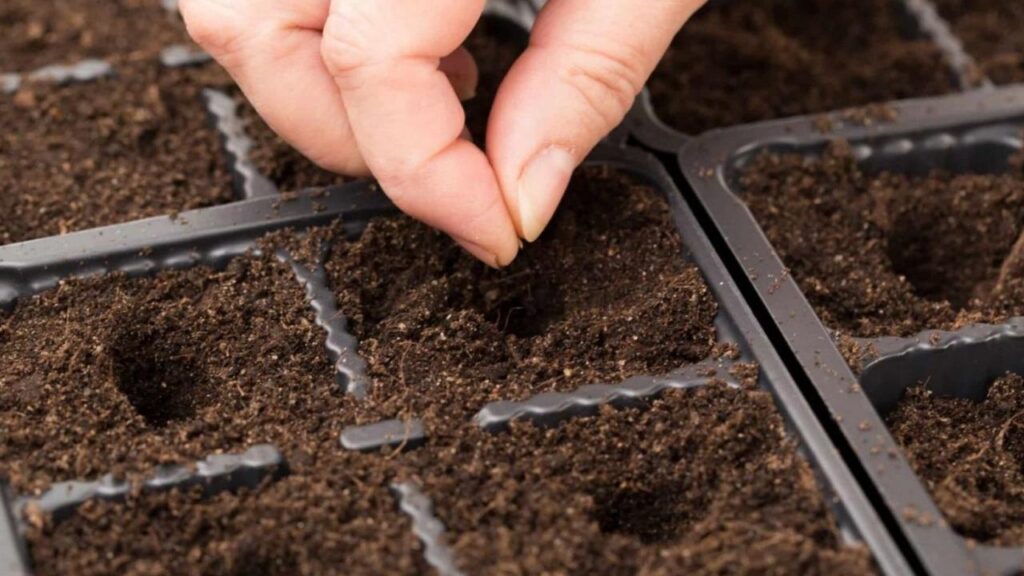
Materials for Growing Microgreens
To begin your microgreen adventure, you will need:
- Broccoli microgreen seeds
- Shallow trays or containers
- Potting soil or a suitable growing medium
- Water spray bottle
- Light source, preferably a grow light
- Ventilation or breathable cover
- Labels for tracking varieties
4. Growing Broccoli Microgreens: Step by Step
Now, let’s dive into the process of growing broccoli microgreens:
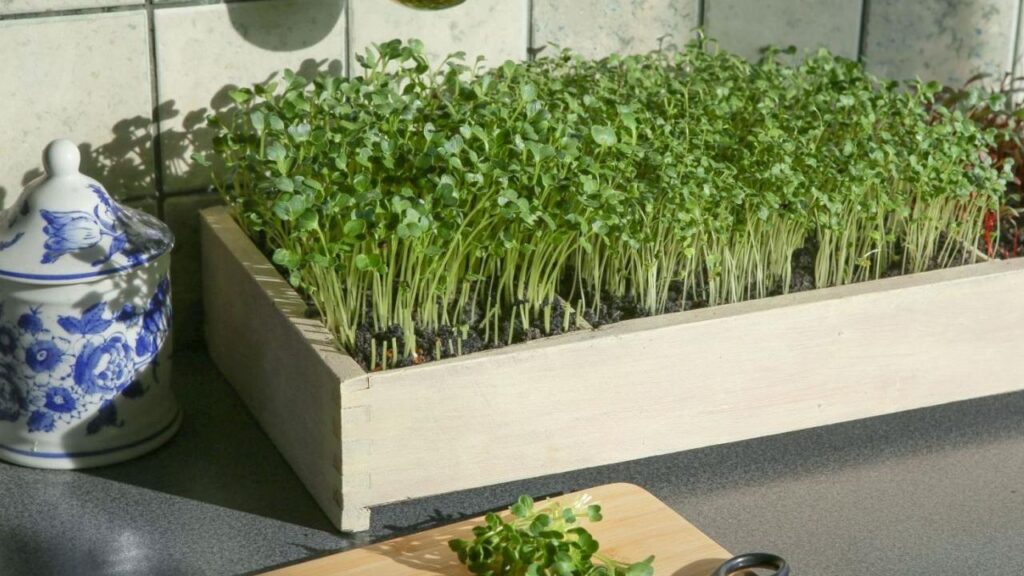
Step 1: Preparing the Trays
- Select clean, shallow trays and ensure proper drainage.
- Fill the trays with a thin layer of moistened potting soil or growing medium.
Step 2: Sowing the Seeds
- Sprinkle the broccoli microgreen seeds evenly across the surface of the soil.
- Gently press the seeds into the soil but avoid burying them too deep.
Step 3: Watering and Providing Light
- Mist the seeds with water using a spray bottle, ensuring they remain moist.
- Place the trays in a well-lit area or under a grow light. Aim for 12-16 hours of light per day.
Step 4: Caring for the Microgreens
- Continue misting the seeds regularly to keep them hydrated.
- Maintain proper airflow and ventilation to prevent mold or mildew.
- Monitor the growth and development of the microgreens.
Step 5: Harvesting
- Once the microgreens reach a height of 1-3 inches and develop their first set of true leaves, they are ready for harvest.
- Use scissors to cut the microgreens just above the soil line.
5. Utilizing Broccoli Microgreens
Taste and Culinary Delights
Broccoli microgreens possess a unique and vibrant flavor. They offer a delightful combination of mild sweetness and a hint of spice, making them an excellent addition to various dishes. Add them to salads, sandwiches, stir-fries, or garnish your favorite soups for an extra burst of freshness.
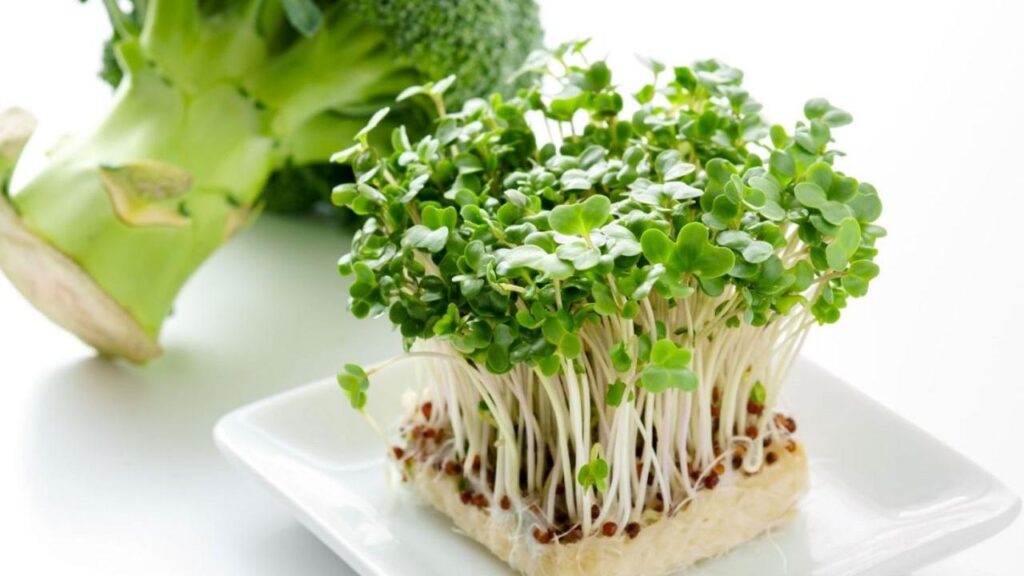
6. FAQ About Broccoli Microgreens
Throughout your journey into the world of broccoli microgreens, you may come across some common questions. Let’s address a few of them:
Q: Do broccoli microgreens taste like full-grown broccoli?
While they share some similarities in flavor, broccoli microgreens have a milder and more delicate taste compared to mature broccoli. They offer a unique combination of mild sweetness and a hint of spice, making them a versatile ingredient for various dishes.
Q: Can I reuse the soil after harvesting microgreens?
It’s tempting to think about reusing the soil to minimize waste, but it’s best to replace the soil or growing medium after each harvest. Microgreens deplete the nutrients in the soil, and using fresh soil ensures optimal growing conditions for subsequent batches. Consider composting the used soil or using it for other gardening purposes.
Q: Are there different types of microgreens?
Absolutely! Microgreens come in a wide variety of options beyond broccoli. Explore the world of microgreens and experiment with different types such as radish, sunflower, pea shoots, kale, or cilantro. Each variety offers its own distinct flavors and nutritional profiles, adding diversity to your microgreen adventures.
Remember, as you embark on your journey with broccoli microgreens, it’s essential to stay curious and explore the vast realm of possibilities that these tiny greens present. Don’t hesitate to ask questions, experiment, and let your culinary creativity flourish!
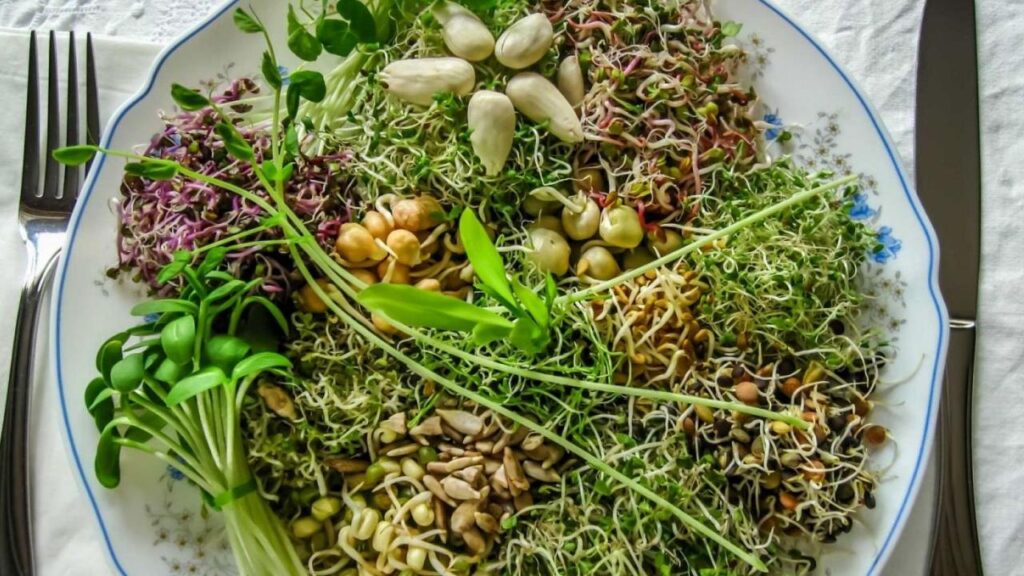
Conclusion
Broccoli microgreens are a fascinating addition to any health-conscious individual’s diet. From their remarkable nutritional profile to their ease of cultivation, these tiny greens offer a world of possibilities. Embrace the journey of self-sufficiency and indulge in the burst of flavor that broccoli microgreens bring to your culinary creations. Start growing your own microgreens today and savor the benefits they offer for both your taste buds and well-being.
Now it’s your turn to experience the wonders of broccoli microgreens. Let these mighty greens revolutionize your meals and nourish your body with their abundant goodness.

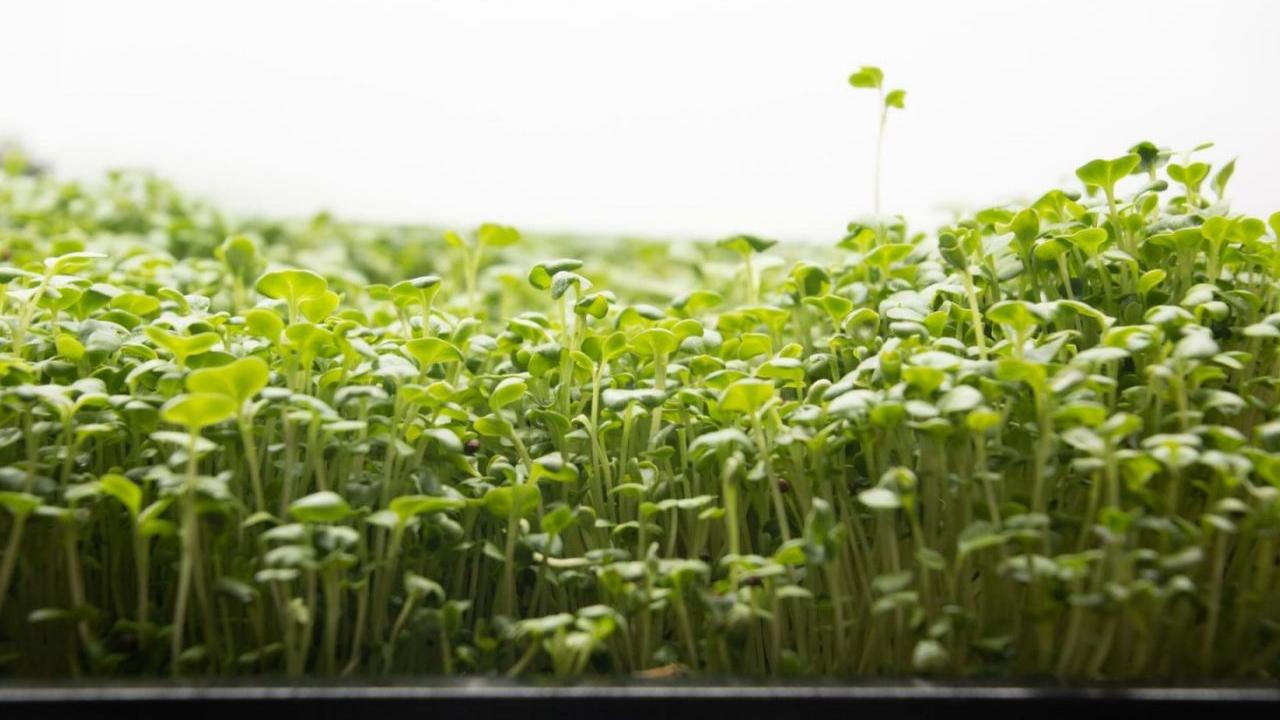
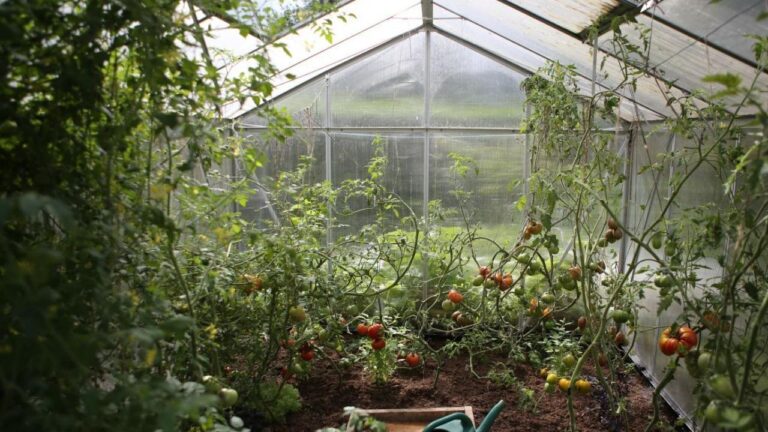
Leave a Comment